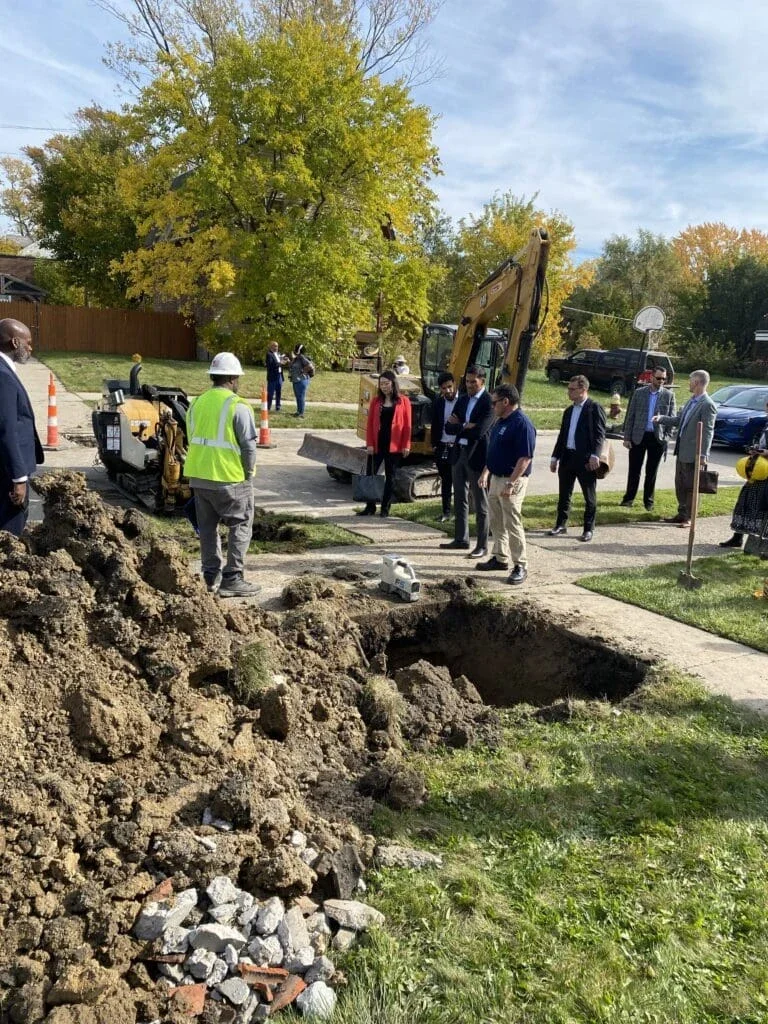At The Rockefeller Foundation, we believe AI must be applied with urgency and intention to the world’s most pressing challenges. That’s why we’ve partnered with the State of Maryland, Anthropic — a leading AI safety and research company, and Percepta — a General Catalyst Transformation Company — to show what it looks like when the best of government, philanthropy, and technology work together.
Maryland has identified a set of AI-shaped problems — issues so complex and data-driven that AI can help solve them — from tackling child poverty to expanding affordable housing. The goal is clear yet ambitious: to harness AI to make Maryland’s most essential government services more effective, efficient, and accessible for every resident.
Under this partnership, Anthropic is equipping a subset of power users within Maryland’s workforce with access to its Claude tools to reimagine how social services are delivered. Percepta engineers will embed within state agencies to provide hands-on technical assistance — building capacity and ensuring that this expertise lives within government, not just outside it.
This is a new phase of a collaboration that launched in June 2025 and proof that when cutting-edge technology meets mission-driven governance, real people’s lives can improve.
At a moment when many Americans are losing faith in government’s ability to deliver, this partnership offers a hopeful model: one where AI becomes a bridge — not a barrier — between citizens and their institutions. Tight budgets and rising public expectations demand a new operating model. Public-private partnerships like this one can help chart that path.
We’re committed to documenting and sharing what works — and what doesn’t — in the early days of the AI age. This month, together with the Center for Civic Futures, we launched the AI Readiness Project, a knowledge network for state AI leads. It will help states learn from one another and apply lessons from pilots like Maryland’s to their own challenges.
The story that began with a proposal to The Rockefeller Foundation seventy years ago continues. The tools have evolved, but the question remains the same: how can we use intelligence — human and artificial — to build a more equitable world?



